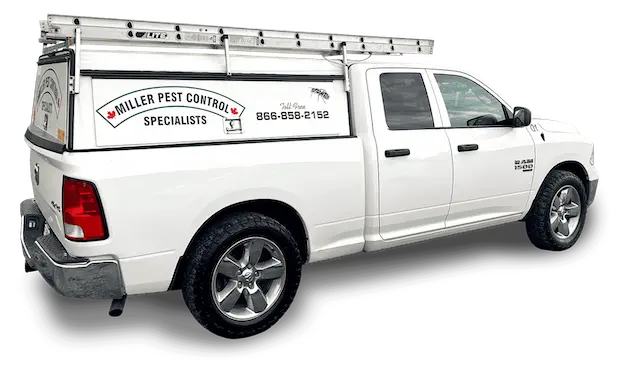As the weather gets colder in Peterborough, mice are looking for a nice, cozy place to call home.
The mouse population continues to rise in the Kawarthas, and all it takes is an opening the size of a penny for mice to get into your house. But if you set aside some time to “mouse-proof” your home you can lessen the chance of a mouse infestation. Before your house becomes the designated neighbourhood rodent hotel, use the following tips to keep mice away.
The top ten ways to prevent mice from invading your home or cottage:
1) Do an exterior inspection
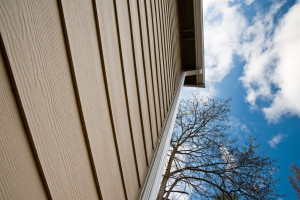
Identify possible penetration points around your home’s foundation, utility conduits, AC units, attic exhaust vents, screens, windows, and doors. Make a list of any gaps or crack and where you found them.
2) Seal easy access points
Seal access points with permanent products such as cement. Mice can find their way into your home through dryer vents, wiring pipes, drainage pipes, gaps in foundations, cracks in walls, gaps in windows, and ceilings. They’re capable of fitting through holes as small as a dime!
3) Get rid of old bird seed and clear branches
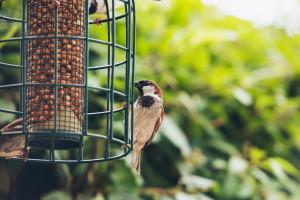
Remove old bird seed from your yard and keep bird feeders a good distance away from your home. Clear any branches that are close to the house as a mouse could easily climb up to get onto your roof or through a window.
4) Landscape around your home or cottage
Landscape the perimeter by cutting the grass and keeping it clear of unwanted vegetation. Installing crushed rock a few feet from the exterior of the building will help discourage pest entry, too.
5) Weatherproof windows and doors
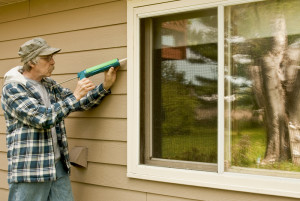
All doors and windows must close tight and properly. Install door sweeps on your garage door as mice will chew away weather stripping around the bottom of doors that face outside. Weatherproofing will also help lower your utility bills.
6) Remove their supply of food
Use glass or metal containers with a tight lid to store food in your home or cottage. Once a mouse finds a food source it’s less likely to venture back outside.
7) Don’t allow mice to access your kitchen
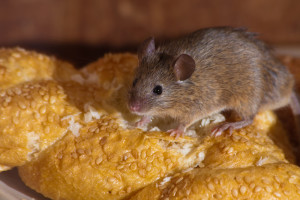
If a mouse can find a good hiding place in your kitchen it will feel right at home. With food nearby, it’s one of the most popular areas we find mice nests as they don’t like travelling long distances. Look in cupboards and around plumbing hookups for access holes and seal them up on the inside.
8) Get rid of food waste
Don’t wait to bring the trash outside. Dispose of any leftover food as soon as a member of your household is finished eating. The less food waste kept inside your home or cottage, the better.
9) Move firewood, compost, or leaf piles away from your home
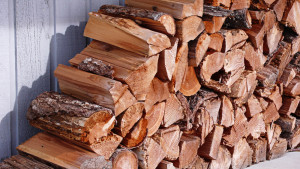
These are all popular outdoor nesting areas for mice. If mice have a nest within 30 feet of your home or cottage, as the weather gets colder, they will be sure to seek warmth by moving inside.
10) Tightly secure outdoor trash bins
Try to keep your trash containers on concrete instead of the grass. The common metal cans with a secure lid and heavy-duty plastic bins do a solid job of keeping mice out. Animal-proof bins are also sold at most home improvement stores that have special latches to guarantee a tight-fitting lid. To avoid having a food-source right beside your house, make sure that lid is tight!
Have you noticed any of the signs of a mouse infestation?
- Mice droppings
- Damage to food packaging
- Rodent nests
- Scampering noises
- Rub or gnaw marks
